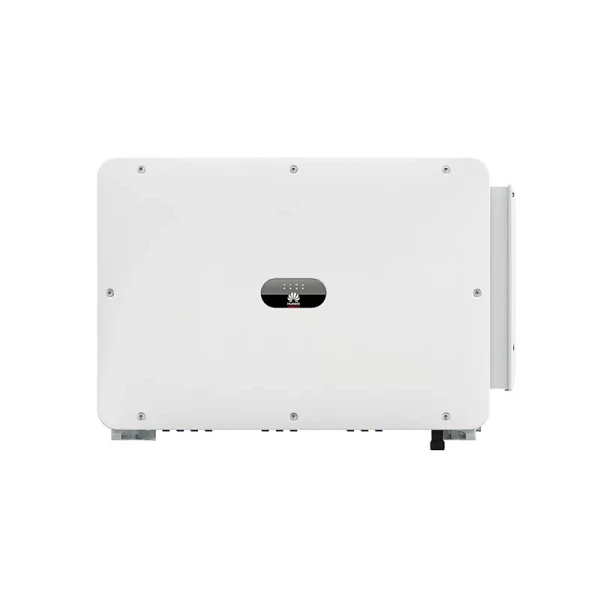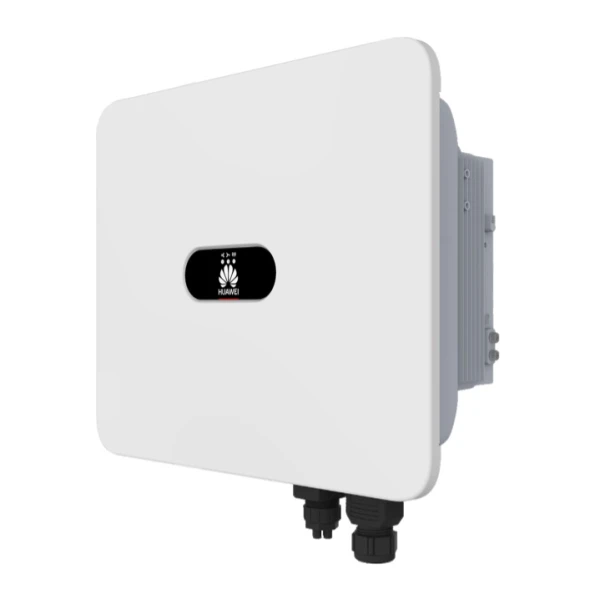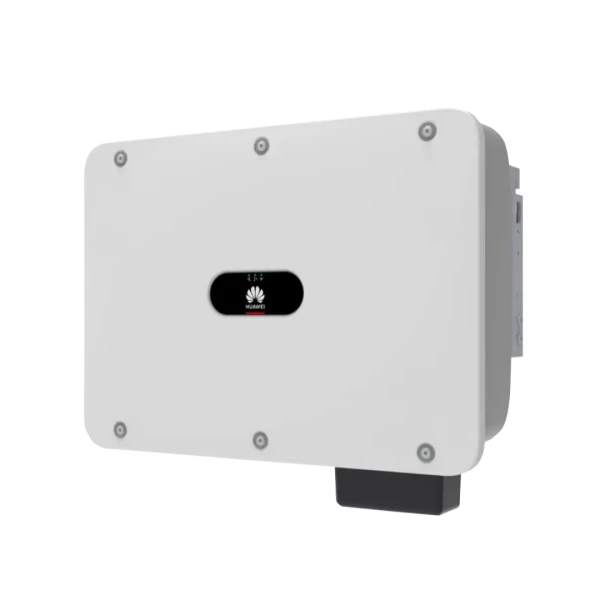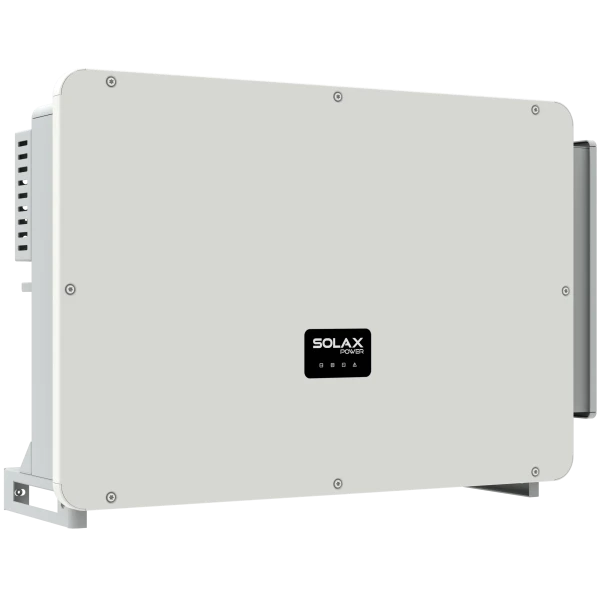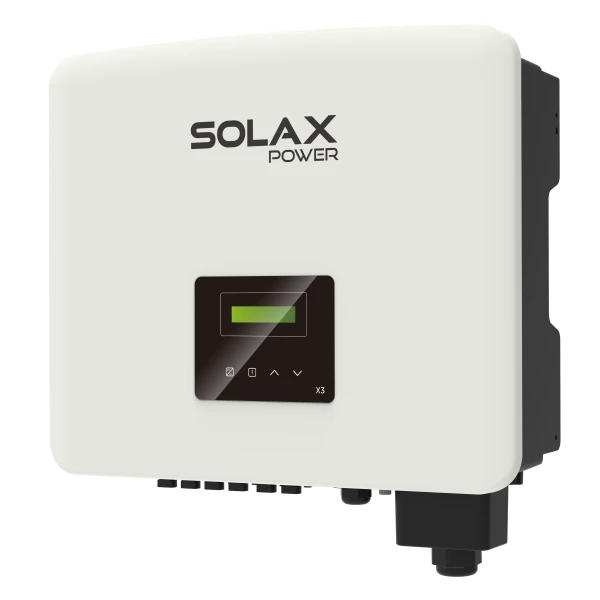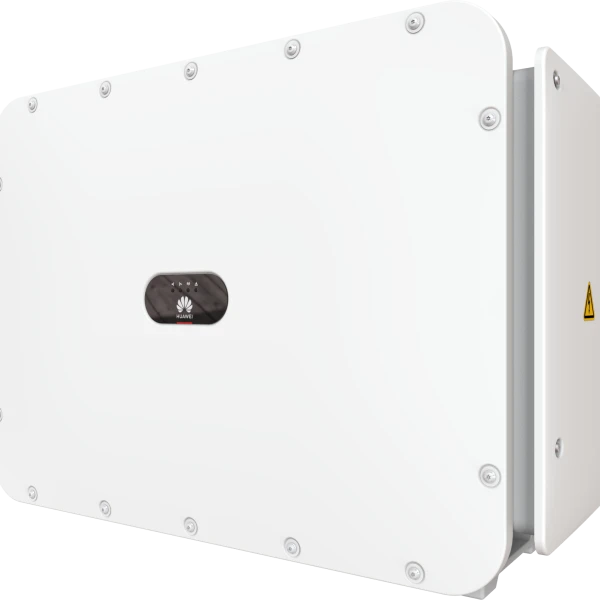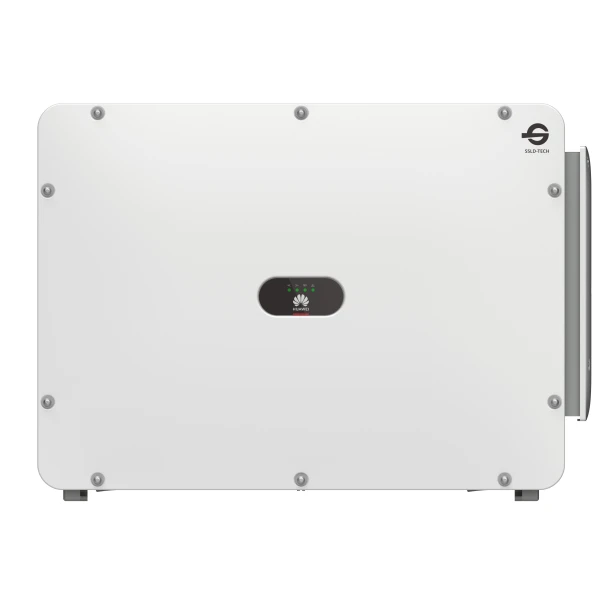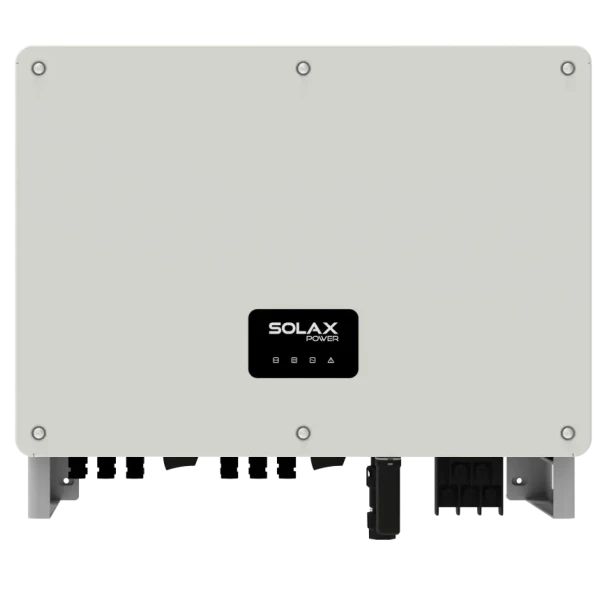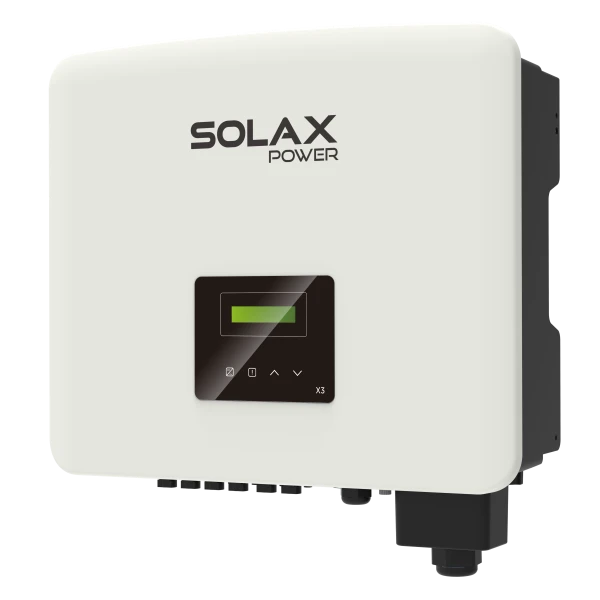On grid inverters
On-grid solar inverters – when solar energy pays off
On-grid solar inverters allow you to feed the solar energy generated in your home or business directly into the local power grid, not only reducing your monthly electricity bills, but also generating income from the surplus energy fed back into the grid.
These devices convert sunlight into useful alternating current with an outstanding efficiency of up to 99% and are available in several power classes (1–150 kW) to provide the ideal solution for any system.
With their built-in communication modules and cloud-based monitoring function, you can track production in real time, diagnose the system status, and optimize operation for maximum return on investment.
Choose the on-grid inverter that best suits your project from our product range and take the next step towards sustainable, cost-effective solar energy utilization! Register as a B2B partner today and request a personalized quote.
As a reseller, installer or wholesale partner, register in our B2B webshop before purchasing your first inverter! Once your registration has been confirmed, you will be able to access our B2B webshop, where you will always find up-to-date information on prices, stock and current discounts, and you can easily order the necessary measuring devices and backup boxes. Once you have logged into the webshop, purchasing inverters and placing online orders is quick and easy.
Do you have any questions about our products?
As a B2B partner, please contact your designated sales representative, where our colleagues will be happy to assist you and answer any questions you may have about the selected inverter.
You can also find a lot of useful information in the following frequently asked questions and answers:
What does on-grid mean, and how does an on-grid inverter differ from other inverters?
An on-grid (also known as grid-connected) inverter is a device that converts the direct current (DC) generated by solar panels into alternating current (AC) that can be fed back into the electrical grid, while keeping the voltage, frequency and phase precisely synchronized with the parameters of the local electrical grid. The main feature of on-grid inverters is that they only operate when connected to the grid and are not suitable for stand-alone ("off-grid") operation, but they maximize the economical use of the energy generated by solar panels.
What are the advantages of an on-grid system?
The main advantage of on-grid systems is that the energy saved directly reduces the amount of energy consumed from the grid, resulting in immediate cost savings. By feeding surplus energy back into the grid, users can generate additional income (through feed-in tariffs or net metering), thus achieving a complete return on their investment.
Since no batteries need to be installed, investment costs and system maintenance requirements are reduced. In addition, on-grid inverters do not suffer from energy storage losses, thus ensuring higher overall efficiency. Another advantage is that many countries offer feed-in tariffs, green loans and tax exemptions, which further improve the economic efficiency of the investment.
How complicated is installation?
The installation of on-grid inverters usually takes 1-2 working days and requires the involvement of an MVK-certified electrician for the electrical and connection work. After connecting the solar panels and the inverter DC-AC, the AC connection between the inverter and the local grid must be established, and then the feed-in must be approved by the utility company.
The actual installation time depends on the condition of the roof structure and the electrical network, but since there is no battery, the installation process is simpler than for a hybrid system. Most inverters have a plug-and-play communication module, so activating the monitoring interface does not require any special IT expertise. Overall, the process is transparent and involves predictable costs.
What total harmonic distortion (THDi) values can we expect with these inverters?
Modern on-grid inverters generally keep the total harmonic distortion (THDi) of the power fed into the grid below 3% to comply with international quality standards. The IEEE 519 standard, for example, specifies a THDi value of less than 5% for grid-connected equipment. SolaX and Huawei inverters with built-in active filters and fine PWM control ensure that the grid power line is as clean as possible.
Even in the event of load changes or low irradiation, the THDi rarely exceeds 5% thanks to LCL filter technology. This minimizes electrical noise and ensures grid harmony.
How does the inverter behave if the mains voltage or frequency falls outside the permissible range?
If the mains voltage or frequency falls outside the manufacturer's limits, the inverter automatically switches off the feed-in, protecting both the device and the grid. This is called the anti-islanding or Fault-Ride-Through (FRT) function, which only allows restarting after the shutdown when the grid has stabilized and returned to within the permissible parameters. This prevents grid overload and safety risks.
Most inverters can be set to operate in different voltage and frequency ranges to suit the grid requirements of the country in question. Automatic detection and handling of grid anomalies ensures higher operational reliability, especially in industrial applications.
How can you make sure everything works smoothly in an industrial setting?
In industrial environments, IP66 protection is essential for protection against dust and water, as offered by the SolaX X1 BOOST G3, for example. To avoid harmonic and electromagnetic interference (EMI), the installation of external filters and surge protection devices (SPD) is recommended.
Cloud-based monitoring and remote diagnostics ensure immediate alerts and rapid fault localization, while regular maintenance and software updates guarantee continuous operation. It is advisable to perform a network impedance analysis to ensure that the inverter control algorithms are adapted to the actual grid conditions. Finally, on-site support from the manufacturer or official service network under a warranty and service agreement ensures minimal downtime.
SOLARKIT reviews and on-grid system experiences
In summary, on-grid solar inverters allow solar energy to be fed directly into the electricity grid, reducing electricity bills and creating revenue opportunities by feeding surplus energy back into the grid. Installation is simple, as no battery is required, and the system's performance can be monitored in real time thanks to built-in communication modules.
The harmonic distortion (THDi) of modern inverters is generally less than 3%, complying with the IEEE 519 standard, and interference protection (anti-islanding, FRT) ensures network and equipment safety. In industrial environments, IP66 protection, external filters and surge protection devices, as well as continuous cloud-based diagnostics, guarantee trouble-free operation.
Based on customer feedback, SolaX and Huawei on-grid inverters are reliable, highly efficient, easy to install, and provide clear data via cloud-based interfaces. Several users highlighted the IP66 protection rating for outdoor installation, automatic synchronization, and quiet, long-life operation — all of which contribute to a fast return on investment and sustainable energy use.
